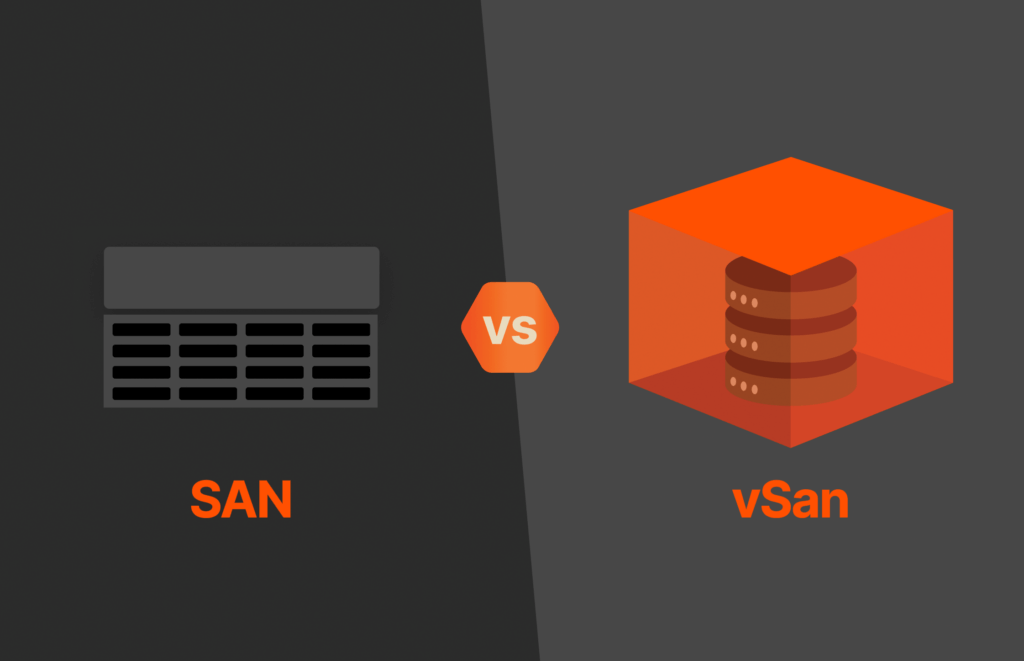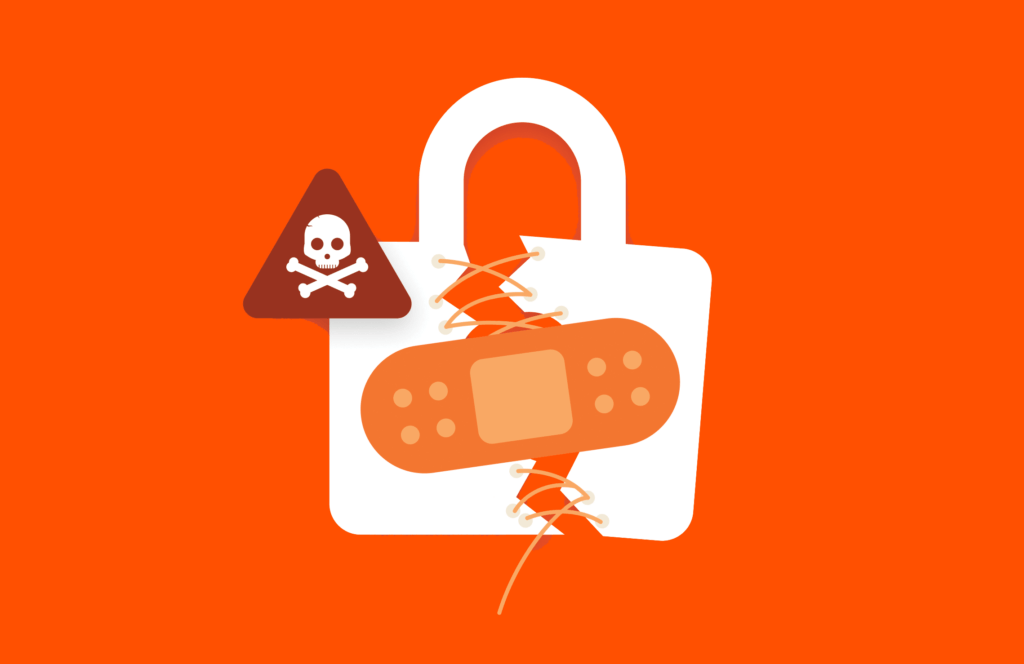Choosing the right SSD will always come down to your use case. But if you do your research on QLC SSDs versus MLC SSDs, it should become clear which one is right for you and your needs.
Discover how the end is near for HDD-based data centers.
QLC vs. MLC—What’s the Difference?
The key difference between QLC SSDs and MLC SSDs is their charge levels: QLC SSDs have 16 different charge levels while MLC SSDs have four. That difference accounts for the other ways that QLC SSDs differ from MLC SSDs, including:
Capacity: QLC stores more bits per cell—four, compared to MLC’s two. As a result, QLC SSDs have double the data storage capacity of MLC SSDs.
Cost: Because of their bigger capacity, QLC SSDs can deliver per-terabyte costs that match or beat those of hard-disk drives (HDDs). Cost per unit of storage decreases as storage capacity increases, so a QLC SSD is almost always going to be cheaper than an MLC SSD.
Reliability: QLC SSDs are generally less reliable than MLC SSDs because they have 16 different voltage levels, compared to MLC’s four (and TLC’s eight). The very small difference between these voltage levels makes the read process more sensitive to noise than MLC, leading to a higher bit error rate.
Performance: QLC SSDs have 12 more voltage levels than MLC SSDs. This makes them slower because each voltage level needs to be checked and translated back to bits when reading data.
Endurance: The more charge levels a flash cell has, the fewer P/E or write cycles it can support. Thus, QLC flash has lower write endurance than MLC flash.
Should You Buy a QLC or MLC SSD for Your NAS, SAN, or Server?
Now that we’ve covered the differences between QLC and MLC SSDs, let’s take a closer look at the situations where you might use one instead of the other.
Benefits of QLC SSDs over MLC SSDs
As mentioned above, QLC SSDs deliver a lower storage cost per capacity than MLC SSDs. If your SAN or NAS will be utilizing far more read operations than write operations, a QLC drive is the way to go. QLC drives can also offer comparable sustained read speeds as MLC drives. For example, a video streaming service app will need far more read operations than write operations in its data centers. Video content such as movies only needs to be written to a SAN once. That movie is then read thousands of times by customers. QLC drives are perfect for such use-cases.
When to Use MLC SSDs over QLC SSDs
For use cases requiring better performance, endurance, and reliability, an MLC SSD is generally going to be a better choice than a QLC SSD if you can afford the higher price of the MLC SSDs.
The better endurance, performance, and reliability of MLC SSDs make them an ideal choice for servers, disk-intensive applications such as video editing software, and mainstream consumers looking to extract maximum performance out of their systems. If your SAN or NAS will have far more write operations than read operations, you’ll want to use an MLC. A good example of a write-heavy system is a credit card transaction processor, which has a workload of journaling transactions (writes) and sometimes looking up transactions (reads).
The Verdict: QLC SSDs vs. MLC SSDs
QLC SSDs store twice as much data as MLC SSDs and are less expensive. However, they don’t perform as well or last as long, and they can be more error-prone. MLC SSDs, on the other hand, store less data and cost more but perform better and last longer than QLC SSDs.
When deciding which to go with, let your use case and requirements be your guide. And don’t forget that there are also plenty of triple-level cell (TLC) SSDs and single-level cell (SLC) SSDs on the market, too.
Also, keep in mind that the quality of SSDs can vary greatly from manufacturer to manufacturer.
Need More Capacity? Try FlashArray//C for QLC SSDs
Pure Storage® FlashArray//C offers another level of flash memory: quad-level cell (QLC) flash. As the name indicates, QLC stores four bits per cell, delivering non-volatile memory express (NVMe) performance with higher capacities. QLC flash is a capacity-optimized NAND memory technology that delivers a per-terabyte cost that matches or beats hard-disk drives (HDDs).
Instead of using flash SSD modules like solutions from other storage vendors, FlashArray//C uses DirectFlash® modules, which allow raw flash to connect directly via NVMe, reducing latency and increasing throughput. This allows FlashArray//C to optimize its QLC flash module performance while still delivering cost per capacity comparable to hybrid and HDD storage arrays.
Other benefits of FlashArray//C include:
- A single pane of glass for managing all your storage resources both on premises and in the cloud via the Purity operating environment
- A modern data storage solution providing the operational agility to handle both performance-sensitive and capacity-oriented workloads
- Lower-cost NVMe performance via the industry’s first all-QLC enterprise storage array
- Evergreen™ Storage for true non-disruptive upgrades without downtime or data migrations







